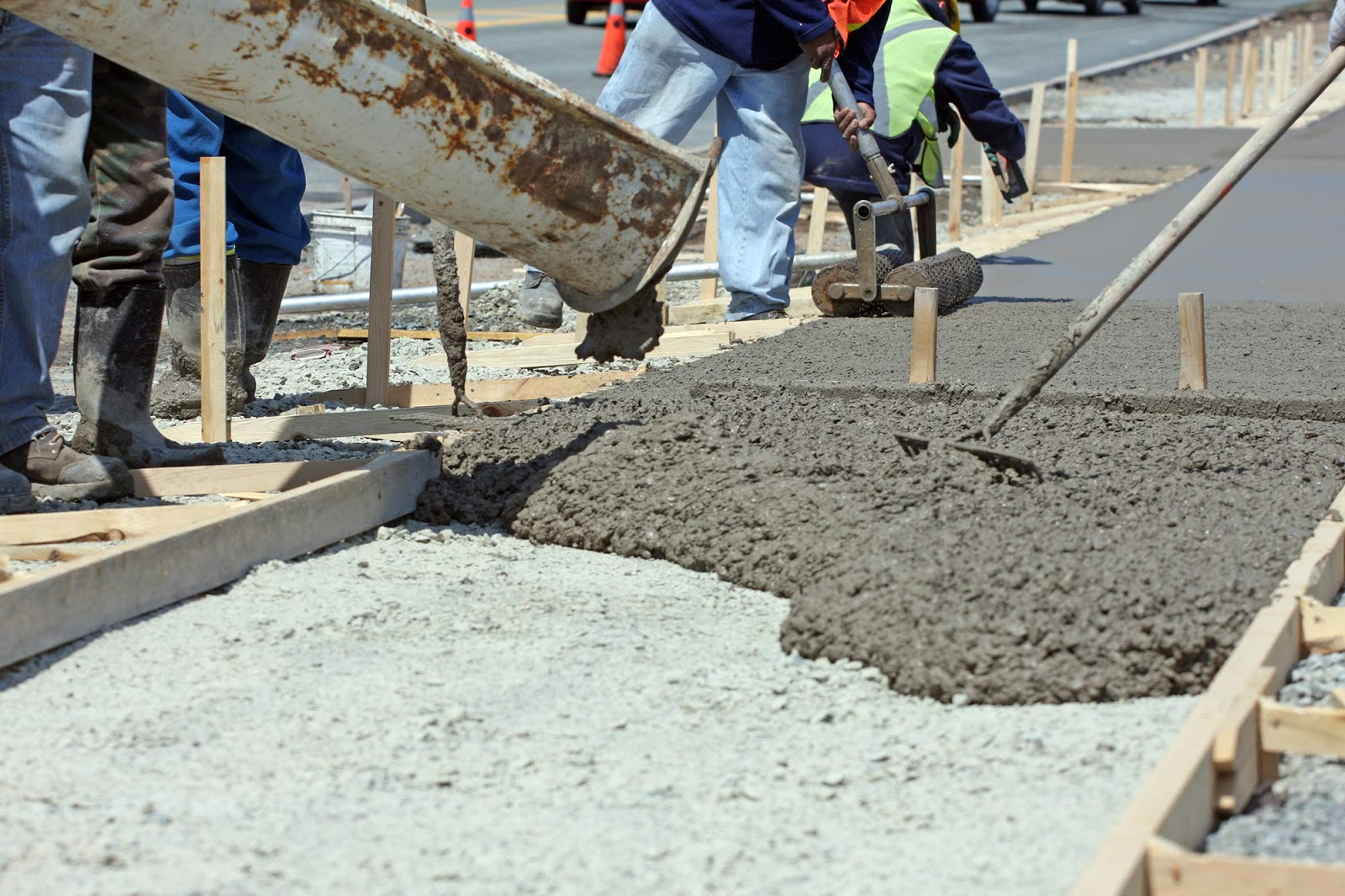Concrete manufacturing stages: The concrete industry goes through several stages until it reaches its final shape.
Concrete mix design stage: The concrete mix design stage means the stage in which the mixing ratios of the materials that make up it are determined to give the required resistance.
The mixing ratios commonly used for ordinary concrete are (0.8 m3 of gravel + 0.4 m3 of sand + 250 kg of cement + (160 — 180) liters of water). While in reinforced concrete, the proportion of cement is increased to 350 kg (instead of 250 kg in the previous mix). This mixture gives concrete resistance of not less than 250 kg / cm2 after 28 days.
Mixing stage: It is the stage in which the concrete components are mixed in the specified proportions and the formation of a homogeneous mixture. The cement paste encapsulates the granules of small and large aggregates, then the small aggregate and the cement paste fill the spaces between the granules of the large aggregate.
Studies and experiments have proven that extending the mixing time (to some extent) has an excellent effect in improving its resistance} as it helps in obtaining homogeneous concrete, increases its workability, reduces the necessary compaction at the pouring stage, and produces dense concrete that prevents water leakage.
Conditions to be observed during the mixing Concrete manufacturing stages:
1- Use the mixing ratios specified in the charts.
2- Using mechanical mixing.
3- The mixing time should not be less than one minute to ensure that the concrete components are mixed well.
Casting stage: The pouring stage means the stage in which the concrete mixture is placed in the forms (molds) prepared for this. This is done either manually by workers or mechanically with cranes or concrete pumps.
Curing phase: The curing phase is the phase in which the hardened concrete is sprayed with water at intervals for a specified period according to the technical specifications of the different concrete parts of the source. This stage is of great importance and must be taken care of because water is necessary to complete the cement reaction even after the concrete has hardened.
Usually, concrete is treated by spraying it with water in the morning before sunrise and in the evening after sunset for 7 days. In hot weather, the concrete is covered with burlap and moistened with water to keep it moist. In prefabricated building factories, concrete is treated with water vapor, which helps to speed up the reaction of cement with water, thus obtaining an early high resistance to concrete.
Source: wikipedia.org/wiki/Reinforced_concrete
Read More: buildineg.com/public/blog/what-is-a-concrete-jacketing-of-column/

